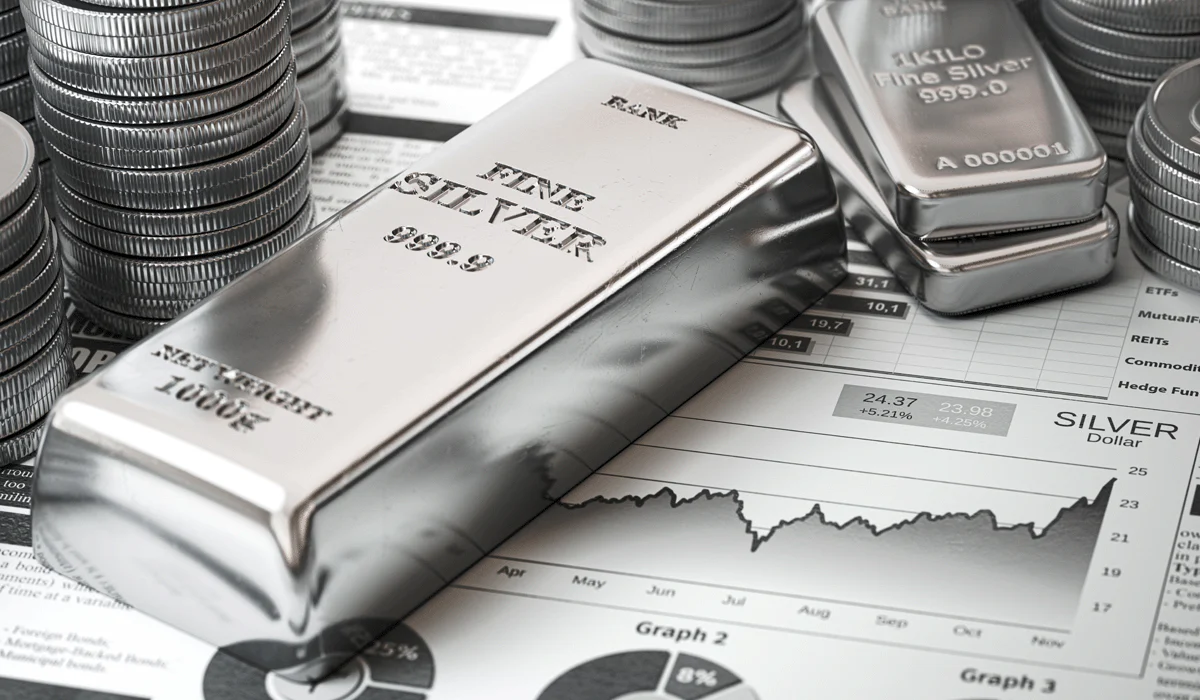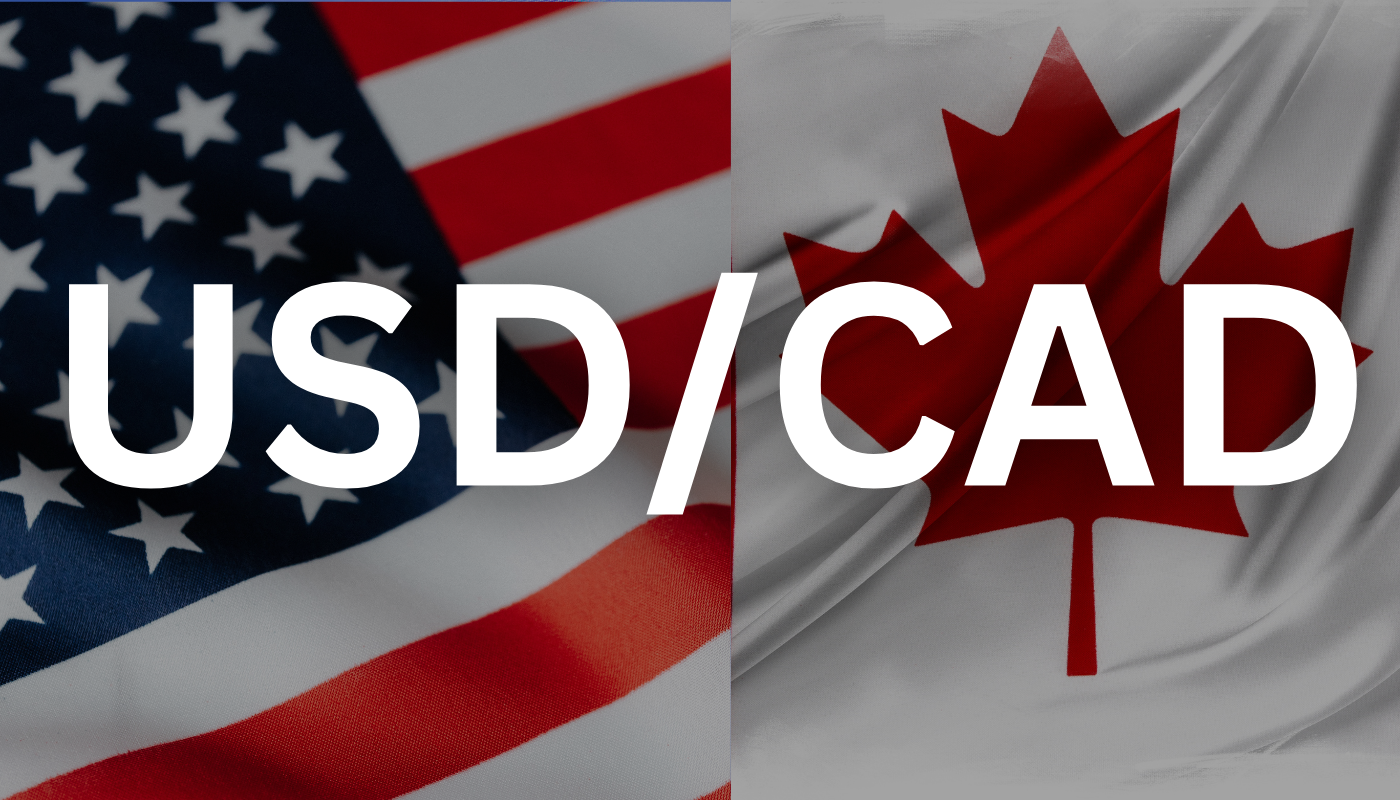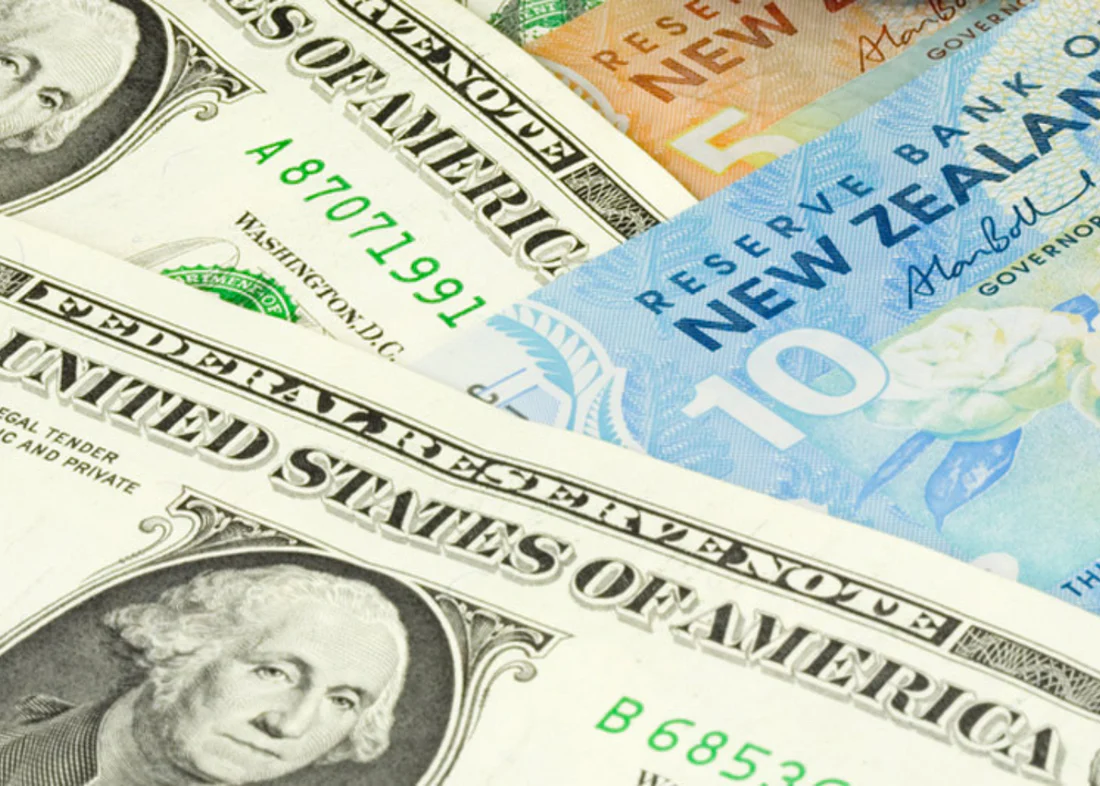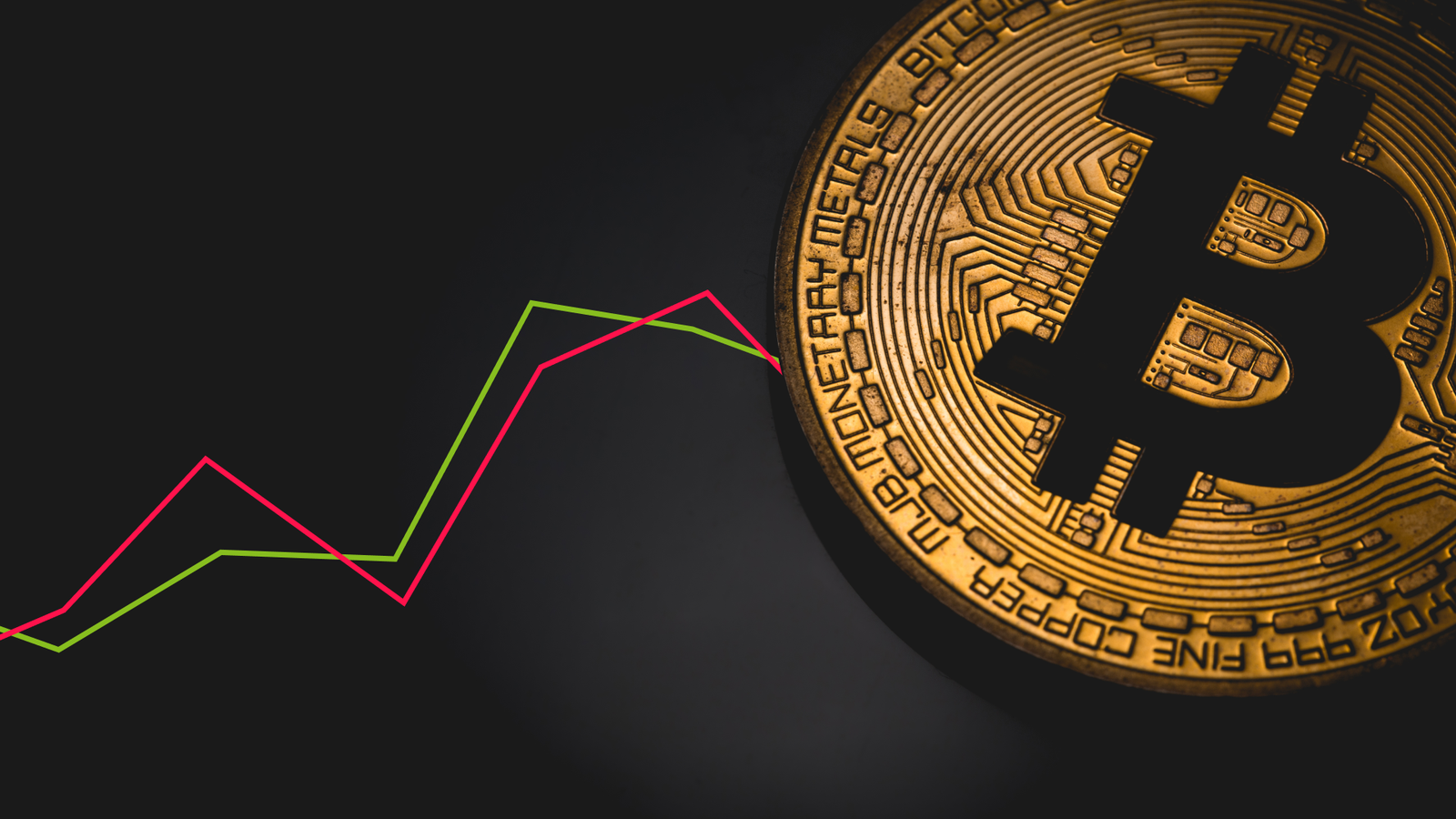Japanese Yen Suffers Moderate Losses Versus USD but Bulls Expect Hopes for Trade Deal and BoJ Policy Divergence
The Japanese Yen (JPY) is suffering moderate intraday losses versus the US Dollar (USD), with market optimism on US President Donald Trump’s tariff relief and an upbeat risk mood eroding the safe-haven demand for the Yen. Yet, fears of the US-China trade war, coupled with expectations of a US-Japan trade agreement, offer some relief to the JPY. Moreover, the differing monetary stances of the Bank of Japan (BoJ) and the Federal Reserve (Fed) also restrict the downside for the Yen, as investors expect BoJ rate increases with increasing domestic inflation, while the Fed is likely to cut rates because of the economic fallout from tariffs. Technical levels indicate that while the USD/JPY pair can encounter resistance near 144.00, any prolonged weakness below 143.00 might induce bearish momentum towards major support levels. KEY LOOKOUTS • Expectations of a favorable result from on-going trade talks between the US and Japan can be a tailwind for the Japanese Yen and could counter the general market optimism surrounding risk assets. • The Bank of Japan’s anticipated rate hikes compared to the Federal Reserve’s possible rate reductions based on the economic impact of tariffs may constrain the downside for JPY and cap the USD/JPY pair. • The tariff choices made by President Trump, such as possible exemptions in the auto industry and electronics sector, and a threat of increased levies to industries like semiconductors and pharmaceuticals, will persist in shaping sentiment in the market and the future outlook for the USD/JPY. • Critical technical levels to monitor are resistance around 144.00, with a breakout above that having the potential to spark a rally, while failure below 143.00 would have the potential to trigger additional bearish pressure towards the 142.00 and 141.00 marks. The Japanese Yen (JPY) is experiencing modest losses against the US Dollar (USD) because of a favorable market risk tone and US President Donald Trump’s tariff relief, which reduces the Yen’s safe-haven appeal. Nevertheless, apprehensions regarding the US-China trade war and rising expectations of a US-Japan trade deal are assisting in capping the Yen’s decline. In addition, the mismatch between Bank of Japan (BoJ) and Federal Reserve (Fed) policies, where market expectations are for BoJ rate hikes and possible Fed rate cuts, provides additional support for the JPY. With key events expected in trade negotiations and central bank decisions, technical levels are also emerging as significant, with resistance at 144.00 and support at 142.00 likely to influence the USD/JPY pair’s future directions. The Japanese Yen is seeing moderate losses against the US Dollar, fueled by a risk-positive tone and US reprieves on tariffs, but fears of the US-China trade war and optimism over a US-Japan trade agreement are capping the downside. The difference in monetary policies between the Federal Reserve and the Bank of Japan is further underpinning the Yen. • The Japanese Yen is experiencing moderate losses against the US Dollar because of more favorable market sentiment and lower demand for safe-haven assets. • US President Trump’s short-term exemption of consumer electronics and possible auto industry exemptions from tariffs have strengthened market optimism, influencing the strength of the Yen. • Continued worries regarding the intensifying US-China trade war remain a drag on global growth expectations, supporting the JPY to some extent as a safe-haven currency. • Optimism regarding a favorable outcome in US-Japan trade talks is serving as a tailwind for the Yen, countering wider USD strength. • The Bank of Japan will likely increase interest rates, and the Federal Reserve might reduce interest rates as a result of economic effects from tariffs, which will support the Yen against the USD. • The USD/JPY pair has resistance at the 144.00 level, with additional upside limited unless the pair breaks above this level and maintains higher momentum. • The Japanese Yen is supported at 142.00, and additional weakness will take the USD/JPY currency pair towards 141.00, which can be considered as a sign of bearish sentiment if broken. The Japanese Yen (JPY) is weakening against the US Dollar (USD) owing to a positive risk sentiment in the market and a decrease in safe-haven demand. This follows as US President Donald Trump issued temporary exemptions for consumer electronics and suggested potential leniency towards the auto sector in terms of tariffs, which has boosted market sentiment and put pressure on the Yen. Meanwhile, fears of the US-China trade war and expectations that Japan might reach a trade agreement with the US continue to offer some support for the Japanese currency, capping its losses. USD/JPY DAILY PRICE CHART CHART SOURCE: TradingView Besides, the differential monetary policy between the Federal Reserve (Fed) and the Bank of Japan (BoJ) is key in determining the prospects for the Yen. While the BoJ is likely to hike interest rates because of surging domestic inflation, the Fed can trim rates because of the economic effect of continued tariffs. This difference in central bank policies indicates that the Yen can gain from the BoJ’s tightening policy while the US Dollar is under pressure from the Fed’s possible easing policies. As the US-Japan trade negotiations progress, the future direction of the Yen will be heavily dependent on the overall economic developments and monetary policy actions of both countries. TECHNICAL ANALYSIS USD/JPY pair is struggling with important resistance around the 144.00 level, where any move higher may face serious obstacles. If the pair is able to break above this, then it has the potential to unleash a short-covering rally and drive prices towards the 144.45-144.50 levels, and possibly beyond to the 145.00 psychological mark. On the flip side, if the pair drops below 143.00, then the support would presumably come from the 142.25-142.20 region, and a breach below this level would pave the way for a subsequent fall towards the 142.00 level. A plunge below this level of support could indicate a bearish trend, and targets would extend to 141.65-141.60 and possibly lower. FORECAST USD/JPY pair may witness bullish movement if it breaches the 144.00 resistance level. A consistent push beyond this point












